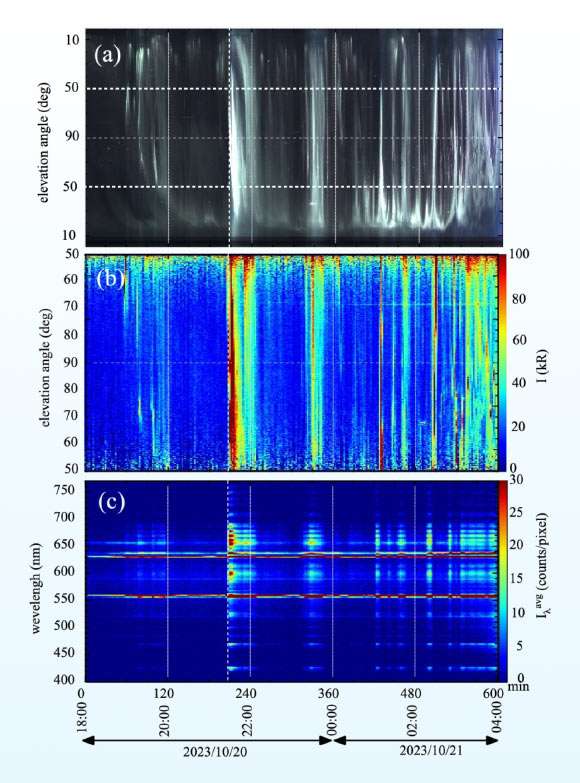Tag Archives: Researchers
Nigerian researchers find pathway to next-generation battery technology
A team of Nigerian scientists has made a significant breakthrough in solving one of the most critical challenges in energy storage technology.
Led by Salawu Akande, a computational scientist specialising in multi-scale modelling and energy materials, the research team has developed a sophisticated approach to improving lithium-ion battery performance.
Other key contributors include Temitayo Ikuerowo, a PhD student in energy engineering, and Olusegun Tomomewo, an assistant professor of energy engineering.
Their study, published in the Physical Chemistry Chemical Physics journal, employs advanced computational techniques to enhance the performance and durability of lithium-ion batteries.
In a statement shared with PREMIUM TIMES, Mr Akande explained that the collaborative work opens new pathways for developing next-generation energy storage solutions. He noted that these advancements are crucial for emerging technologies such as renewable energy systems, electric vehicles, and advanced electronics.
Major Findings
The research focuses on...
Researchers create nanostructured 2D gold monolayers
Researchers at Lund University and Hokkaido University have achieved a significant advancement in nanomaterial engineering by creating nearly freestanding nanostructured two-dimensional (2D) gold monolayers. This development has the potential to transform various fields, including catalysis, electronics, and energy conversion.
Gold is a noble metal that forms solid three-dimensional (3D) structures, can exhibit extraordinary properties when in its 2D form, such as unique electronic behaviors and increased surface reactivity, which could lead to groundbreaking applications in catalysis and advanced electronic devices.
One of the primary challenges in producing 2D gold monolayers is stabilizing isotropic metallic bonds. To overcome this problem, the research team utilized a novel bottom-up approach complemented by high-performance computations.
This innovative method allowed them to produce macroscopically large gold monolayers characterized by unique nanostructured patterns, high thermal stability, and promising catalytic capabilities.
The team successfully grew these...
UC Davis researchers debut highly accurate brain-to-speech technology
Technology tamfitronics Serving tech enthusiasts for over 25 years. TechSpot means tech analysis and advice you can trust.The big picture: A team from the University of California, Davis, has announced a breakthrough brain-computer-interface (BCI) capable of translating brain signals into readable text with an extremely high level of accuracy. The recently published findings detail the breakthrough technology, which can predict the user's desired words with a less than 3 percent error rate. Researchers reviewing the findings claim the communication tech's error rate is on par with that of a non-disabled speaker reading a paragraph out loud. The study's results, which were published on August 14 in the New England Journal of Medicine, outlines the incredible progress made by Casey Harrell, a 45-year-old father who was stricken with amyotrophic lateral sclerosis (ALS), also known as Lou Gehrig's Disease....
Researchers Capture First Two-Dimensional Spectral Images of Aurorae
Top Stories Tamfitronics Two-dimensional (2D) aurora images with full spectrum have been captured by scientists in Japan using the newly-developed hyperspectral camera for auroral imaging (HySCAI).Keogram of (a) all-sky camera and (b) HySCAI, and (c) time evolution of space-averaged spectrum of aurora emission measured by HySCAI on October 20-21, 2023. Image credit: Yoshinuma et al., doi: 10.1186/s40623-024-02039-y.The aurora is a natural luminous phenomenon caused by interactions between precipitating particles and the constituents of the upper atmosphere.Most of the observed spectrum consists of lines or bands of neutral or ionized nitrogen and oxygen atoms.There is a variety of characteristic colors of aurorae, such as green and red, but there are multiple theories about the emission process by which they appear in different types of aurorae, and to understand the colors of aurorae, the light must be...








![React Native - The Practical Guide [2025]](https://img-c.udemycdn.com/course/480x270/1436092_2024_4.jpg)


